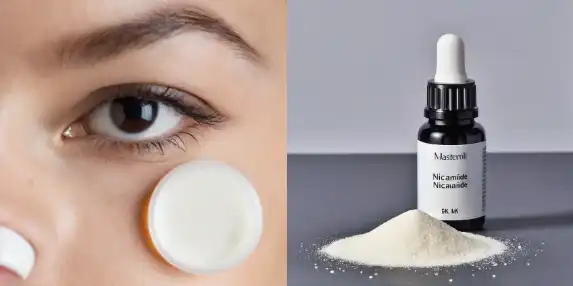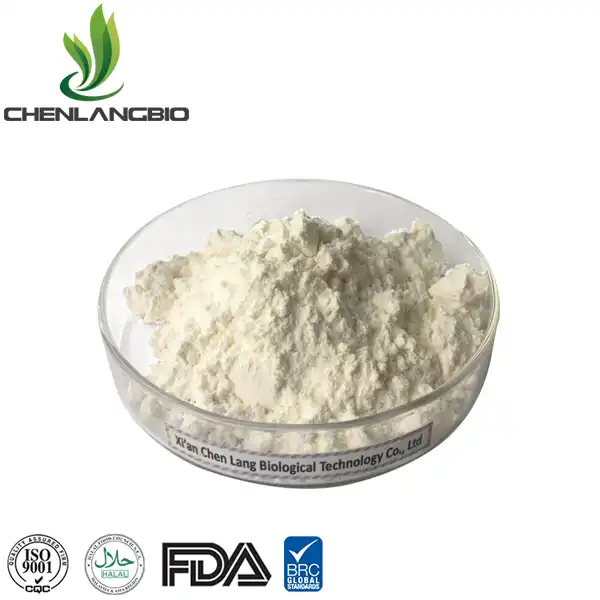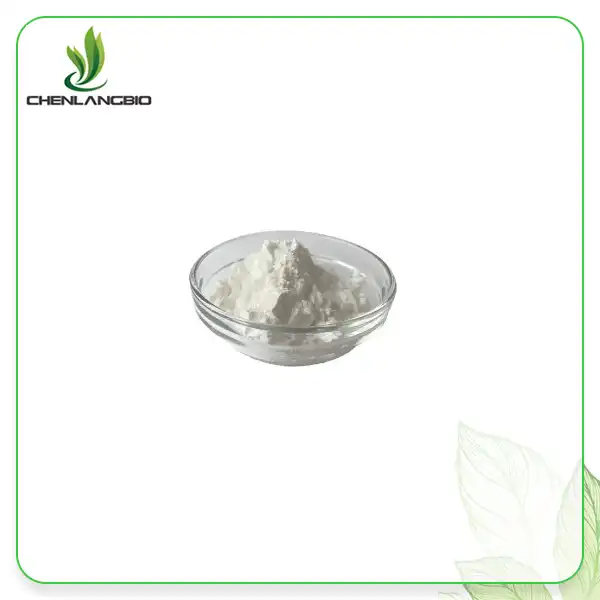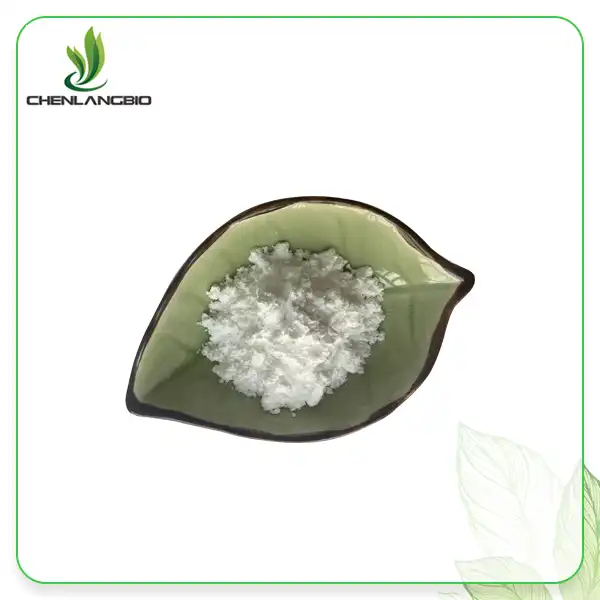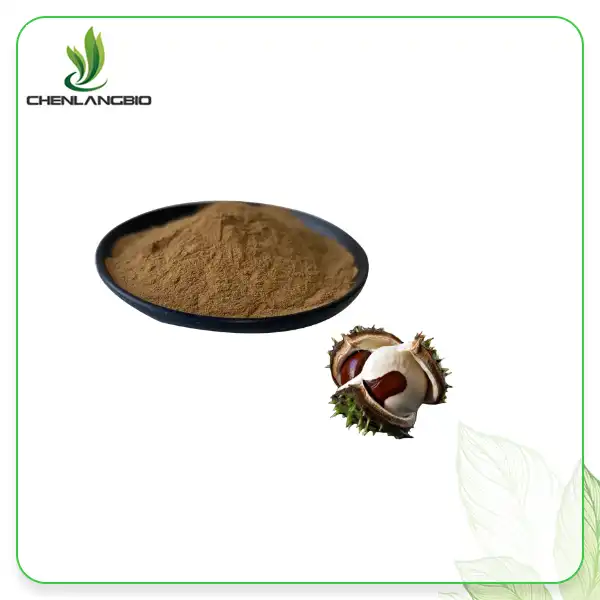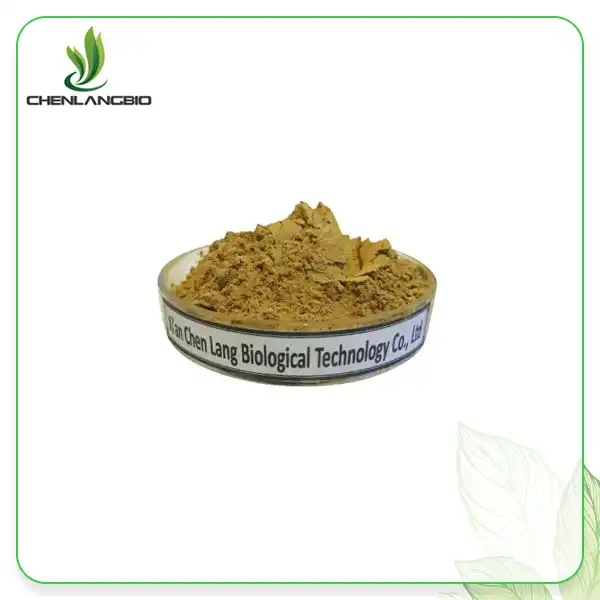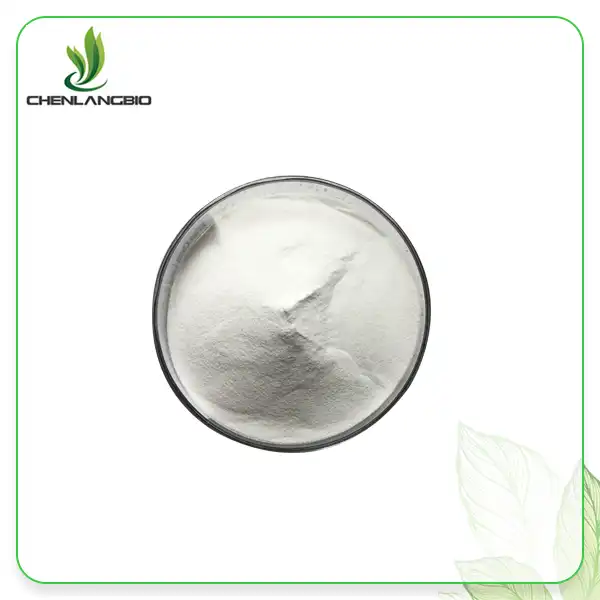Can I Mix Niacinamide with Bakuchiol
2024-07-13 10:29:34
The skincare community is very interested in bakuchiol, a plant-based retinol replacement, due to its anti-aging and skin-brightening qualities. Another well-known benefit of niacinamide, a vitamin B3 derivative, is that it can treat a variety of skin conditions, including as pigmentation, acne, and inflammation. Many individuals who are interested in skincare question if they might combine these chemicals to achieve greater results, given their major advantages. This blog will look at this question and provide information on their benefits, suitability, and usage guidelines.
What Are the Benefits of Mixing Niacinamide with Bakuchiol?
Niacinamide and bakuchiol together might provide a powerful combination for your skincare regimen. However, what advantages does combining these two components provide specifically?
1. Enhanced Skin Brightening
Bakuchiol and niacinamide are well-known skin brighteners.By stopping melanin from getting to the cells of the skin, niacinamide evens out the tone of the skin and makes dark spots look less obvious.But babuchiol slows down tyrosinase activity, which slows down melanin synthesis.Together, they have the potential to significantly diminish hyperpigmentation and brighten skin.
2. Improved Skin Texture and Tone
By promoting cell turnover and fortifying the skin barrier, niacinamide effectively improves the texture of the skin. Bakuchiol promotes the synthesis of collagen, which smoothes and firms the skin.Combining these components can result in skin that is more even-toned and has a more polished texture.
3. Anti-Aging Benefits
Bakuchiol is renowned for its anti-aging benefits, including reducing fine lines and wrinkles without the irritation often associated with retinol. Niacinamide also plays a role in anti-aging by improving skin elasticity and reducing oxidative stress. The combination of these two ingredients can offer a comprehensive approach to combating the signs of aging.
4. Anti-Inflammatory Properties
Both ingredients possess anti-inflammatory properties that can soothe the skin and reduce redness. Niacinamide is particularly effective in calming irritated skin and reducing the appearance of acne. Bakuchiol also provides anti-inflammatory benefits, making the combination ideal for those with sensitive or acne-prone skin.
5. Hydration and Barrier Support
Because it increases ceramide synthesis, niacinamide is well known for its capacity to fortify the skin's protective layer and improve moisture. Bakuchiol helps maintain a healthy skin barrier, which aids in hydration as well. When combined, they can aid in preserving the skin's ideal moisture content and shield it from outside aggressors.
How Do You Incorporate Niacinamide and Bakuchiol into Your Skincare Routine?
To achieve the best results, it's essential to know how to incorporate niacinamide and bakuchiol into your skincare routine effectively.
1. Choosing the Right Products
Select products that contain niacinamide and bakuchiol in suitable concentrations for your skin type and concerns. Look for formulations that are free from potential irritants and compatible with your existing skincare products.
2. Layering Techniques
Because niacinamide is based on water, it is usually advised to apply it first when stacking it over bakuchiol. Then take bakuchiol, which is usually based on oil. This order guarantees the best possible absorption and effectiveness of both components.
3. Gradual Introduction
If you have sensitive skin, specifically, incorporate these substances into your routine gradually. Niacinamide should be taken in the morning and bakuchiol at night to start. You may use both components simultaneously, either in the same regimen or on different days, as your skin becomes more tolerant.
4. Patch Testing
Perform a patch test before incorporating new products into your routine to ensure you do not have an adverse reaction. Apply a small amount of each product to a discreet area of skin and monitor for any signs of irritation over 24-48 hours.
5. Consistency and Patience
Consistency is key when using niacinamide and bakuchiol. Regular use over several weeks to months is necessary to see significant improvements. Be patient and give your skin time to adjust and respond to the treatment.
Are There Any Side Effects of Using Niacinamide and Bakuchiol Together?
While niacinamide and bakuchiol are generally well-tolerated, it's essential to be aware of potential side effects and how to manage them.
1. Initial Mild Irritation
Some users may experience mild irritation, such as redness or dryness, when first using these ingredients together. This is usually temporary and can be minimized by starting with lower concentrations and gradually increasing usage.
2. Allergic Reactions
Although rare, allergic reactions can occur. If you experience severe irritation, itching, or swelling, discontinue use immediately and consult a dermatologist. Always perform a patch test to minimize the risk of allergic reactions.
3. Avoiding Over-Exfoliation
Both niacinamide and bakuchiol promote cell turnover, which can lead to over-exfoliation if used excessively. Balance their use with gentle, hydrating products to maintain a healthy skin barrier and prevent irritation.
4. Monitoring Skin Response
Pay close attention to how your skin responds to the combination of niacinamide and bakuchiol. If persistent irritation occurs, reduce the frequency of use or consider alternating days. Consulting a dermatologist can provide personalized guidance based on your skin's needs.
5. Interference with Other Actives
When combining niacinamide and bakuchiol with other active ingredients, such as acids or retinoids, be mindful of potential interactions that could cause irritation. Layer products carefully and allow sufficient time between applications to prevent adverse reactions.
What Do Experts Say About Mixing Niacinamide with Bakuchiol?
Experts in dermatology and skincare often recommend niacinamide and bakuchiol for their complementary benefits, but what do they say about using them together?
1. Dermatologists’ Opinions
Many dermatologists praise the combination of niacinamide and bakuchiol for its synergistic effects. Dr. Joshua Zeichner, a dermatologist in New York City, highlights that both ingredients can enhance skin tone and texture while minimizing irritation, making them suitable for sensitive skin types.
2. Skincare Experts' Insights
Experts in skincare, such as popular beauty blogger Caroline Hirons, support combining niacinamide and bakuchiol in skincare regimens. She highlights how their mild yet potent nature enables complete skin improvement without the unpleasant side effects connected to stronger active ingredients.
3. Research Studies
Scientific testing has demonstrated the efficacy of niacinamide and bakuchiol for a variety of skin disorders. Research published in the Journal of Clinical and Aesthetic Dermatology shows how well niacinamide works to improve skin suppleness and reduce hyperpigmentation.This information appears overly automated.
Similarly, studies on bakuchiol have shown that it can improve skin firmness and reduce fine lines without creating any pain.
4. Product Formulations
Many skincare brands are now formulating products that combine niacinamide and bakuchiol due to their complementary benefits. These formulations aim to provide a balanced approach to skin improvement, addressing multiple concerns simultaneously.
5. User Testimonials
User reviews and testimonials often highlight the positive results of using niacinamide and bakuchiol together. Many users report smoother, brighter, and more even-toned skin with reduced signs of aging and hyperpigmentation.
How to Choose the Best Niacinamide and Bakuchiol Products?
With a variety of products available, it can be challenging to choose the best niacinamide and bakuchiol products for your skin.
1. Product Concentrations
Verify the items' niacinamide and bakuchiol concentrations. Products containing bakuchiol often include 0.5% to 2% niacinamide, which is generally effective at concentrations between 2% and 5%. Select concentrations based on the sensitivity and type of your skin.
2. Formulation and Texture
Think about the product's texture and composition. While bakuchiol can be found in oils, serums, and creams, niacinamide is mostly found in serums. Select a texture that goes well with your skin tone and preferred regimen.
3. Brand Reputation
Opt for products from reputable brands known for their quality and transparency. Look for brands that provide detailed ingredient lists and have positive customer reviews.
4. Additional Ingredients
Check for additional beneficial ingredients in the products. Ingredients like hyaluronic acid, ceramides, and peptides can enhance the benefits of niacinamide and bakuchiol by providing additional hydration and skin barrier support.
5. Price and Availability
Consider your budget and the availability of the products. High-quality niacinamide and bakuchiol products are available at various price points, so choose one that offers good value for money and is easily accessible.
Conclusion
Niacinamide and bakuchiol together can have a number of positive effects on your skin, such as increased texture, brightness, anti-aging properties, and decreased inflammation. You may get a healthier, more vibrant complexion by knowing how to use these substances in your skincare regimen and being aware of any possible negative effects.
For further individualized guidance or product suggestions, send an email to admin@chenlangbio.com.
References
Healthline | What Is Niacinamide and How Does It Benefit Your Skin?
Byrdie | The Benefits of Niacinamide for Your Skin.
Allure | Bakuchiol: The Plant-Based Retinol Alternative.
Journal of Clinical and Aesthetic Dermatology | Niacinamide and Its Effects on Skin.
British Journal of Dermatology | Comparing Bakuchiol and Retinol.
Glamour | How to Use Bakuchiol in Your Skincare Routine.
Marie Claire | The Best Niacinamide Serums.
Good Housekeeping | Benefits of Bakuchiol for Skin.
Vogue | Why Niacinamide Is a Skincare Must
Send Inquiry
Related Industry Knowledge
- What are the Chemical Properties of Calcium Alpha-Ketoglutarate Monohydrate?
- Is Sodium Methylesculetin Acetate Safe for Use in Personal Care Products?
- Is L-Ergothioneine Safe for Consumption?
- What is the Best Way to Store Mung Bean Peptide Powder
- What Does Andrographolide Do for Your Skin
- What is the Mechanism of Action of Praziquantel
- What is the Classification of Phytosphingosine
- Can NMN Raise Blood Pressure
- What is Resveratrol Extract Powder Good for
- What Functions of Cnidium Monnieri fruit Extract Powder

